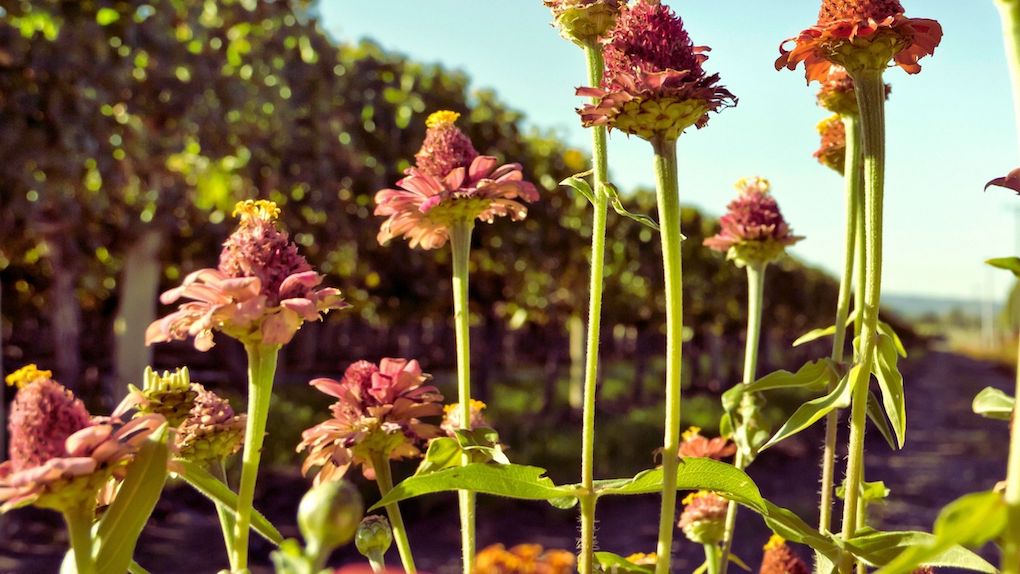What are the beans doing between the rows? Keeping the vineyard covered with vegetation between one vine and another, rather than leaving the ground bare, has many advantages. Let's see everything there is to know about green manure.
Six questions and six simple answers, to understand what green manure is.
What is green manure?
Green manure is one of the techniques that consists, in the vineyard, of cultivating between the rows some species capable of returning nutrients, such as nitrogen, to the soil, which improve the fertility of the soil. Furthermore, at the end of the green manure crop cycle, these are buried , completely or partially. It can be a choice adopted to produce organic wines , but not only.
What are the advantages of green manure?
The practice of green manure is one of the most natural and effective ways to fertilize the soil . And this both on farms (organic and traditional) and in private gardens.
What are the most common green manure crops?
The most suitable plants for green manure are legumes , because they spontaneously produce nitrogen which they release into the soil through their roots: clovers, sulla, gorse, alfalfa and alfalfa, vetch, sainfoin, fodder peas, lupine, broad bean, vetch (in the two sativa and hairy varieties)...
It is always advisable to mix them with other species, to promote biodiversity. Brassicaceae or cruciferous vegetables have a biocidal action and act against weeds.
White mustard and colza are also excellent. Rye and oats , of the grass family, absorb nitrogen and preserve it from leaching into the soil in deep barley.
And then: watercress, coriander, cumin, wild carrot, dill, mallow, marigold, phacelia, wild fennel and many others.
Other advantages of green manure?
- Makes the soil softer : plant roots make the soil much more brittle.
- Plants help retain water in the soil.
- And so many nutrients : plant roots avoid soil depletion.
- Covered soil protects against erosion : it should never be left bare, green manure crops counteract erosion caused by bad weather, including rain or winds.
- The flowers attract bees and other pollinating insects.
- During flowering, the crops planted among the vines offer a true spectacle of colour .

When are green manures sown?
Green manures can be sown in early autumn (the most common), towards the end of winter or in early spring .
The autumn ones are sown by the end of October, start growing before winter, then stop and resume growth in the first warm spring.
The land dedicated to green manure remains occupied from two to six months, depending on how much sowing is done and the species chosen.
What happens after planting the plants?
Let's start once again. In fact, when a plot is freed from cultivation, you can decide to immediately reseed one or more green manure species.
Then you water normally, like after every sowing and nature does the rest.




